Analog Relax EX2000 Moving Coil Phono Cartridge
is top-of-the-line tops?
Product lines are generally drawn straight. But not always. That is, as you move up from the least expensive to the most expensive, quality usually improves—in terms of materials, construction consistency and performance, whether you're talking about cars, cameras or high performance audio.
Phono cartridge lines are sometimes crookedly drawn. Spending more money on one doesn't guarantee that in the critical cantilever/stylus interface you'll be getting better construction quality. That's because this key cartridge component is usually purchased from a third party vendor and though for most suppliers the tolerance is ±4 degrees from stylus/cantilever perpendicularity, cartridge samples of very expensive editions often drift beyond ±4 degrees, sometimes to where corrective compensation isn't possible—and that's assuming you even knew there was a problem.
WAM Engineering's J.R. Boisclair has repeatedly demonstrated this, and it's a damn shame. Most manufacturers are now paying greater attention to this problem as are the limited number of companies that produce these assemblies in Japan, Switzerland, Denmark, Taiwan and elsewhere.
A costly microscope is required to do that particular evaluation, but the SRA/VTA angle is more easily observed with an affordable digital microscope and unless it's grossly off (which it occasionally is), it's possible to correct by either raising or lowering the arm, or more effective and preferable by shimming the cartridge in the head shell. The more "severe" the stylus profile, the greater is the need for proper set up in these parameters. End of foreboding lecture other than to make it clear that spending more doesn't insure you're getting "more better".
The Analog Relax EX2000 (full name AR-MCC-EX2000) at $20,000 is at the top of the Analog Relax cartridge line. In 2021 when I evaluated the EX1000 ($17,500) in Stereophile it was at the top of the AR line. Four years ago, as part of a 3 wood bodied cartridge review I covered Analog Relax's least expensive cartridge, the EX300 ($3,995). One above that is EX500 ($6750), which I've never heard.
Unlike some other cartridge manufacturers that sometimes utilize wood bodies, Analog Relax sticks with wood throughout its lineup. The EX300's body is carved from a chunk of plain old bee’s wax coated walnut—nothing exotic. The company’s site says it’s the same wood used for guitar sides, necks and backs. The EX500's body is of hand selected tone wood Maple, used for violin bodies. The EX1000's body is carved from "...a rare piece of Yakusugi cedar that's more than 2000 years old."
Yakusugi cedar has a fascinating back story that seeks to explain its sonic effect. You can read about this on the Analog Relax website. As you can read about the sonic effects produced by the specialized, exotic woods used by all of the manufacturers that use wood to "tune" (or in the case of some, "tune out") resonances that give the cartridge a particular sonic signature.
The more exotic the name—snakewood, cocobolo, panzerholz, etc. the more the mystery. The more mystery, the more many audiophiles are willing to pay for a cartridge or a plinth made from it. Okay, that's cynical because the woods do have the desirable characteristics of hardness or resonances claimed by the companies that use them. The same is true for guitars and other musical instruments, though cartridges are usually intended to deliver not add to the music that it extracts from the grooves.
Northern Italy's South Tyrol region provides the EX2000's "Ultra-fine, powder coated finest Spruce" wood body—powder coated with what isn't specified, but AR avers that the coating gives the body a "subtle roughness" that produces a more natural quality sound. Analog Relax says the wood is used for violin tops and that wood harvested from this region was used for Stradivarius violins.
More to the point of its high price, the EX2000 uses a "precision-machined" diamond cantilever thicker than what other cartridge manufacturers use that helps the EX2000 produce a "more solid sound" and improved high level traceability. An "evolved version" of AR's custom-developed SC stylus Ver.3 is fitted to the diamond cantilever. The EX1000 uses a ruby cantilever and a "Super Curve Line Contact (version 2)" stylus. According to parent company ZOOT Communications (on the company's website I learned that in Japanese "zoot" means "always." ZOOT Communication President Yasushi Yurugi is also a big Zoot Sims fan. He started the world's only Zoot Sims fan club), "though the stylus ".... basically has a line contact shape, a number of multi-faceted cuts are applied vertically, allowing it to reproduce sound with almost no ‘inner distortion’. In addition, the front and back of the stylus tip are cut with different curvatures, making it difficult to pick up the “crackling noise” peculiar to original records and old pressed records, enabling playback with a very high signal to noise ratio."
One big difference between the EX1000 and 2000 is internal impedance: 15Ω (EX1000) versus 8Ω. Half the internal impedance usually means far fewer coil turns (which means lower moving mass) yet the 2000's output is rated at .4mV while the EX1000's was "greater than .5mV". Maintaining relatively high and similar output while reducing coil turns usually indicates far greater magnetic generator efficiency. In other words the EX2000's innards are very different from the 1000's, though when you're spending $20,000 it would be preferable to have more details about what's under the hood and how its used in the construction (most end users probably care little about this and are more interested in sonic performance). Analog Relax doesn't spec channel separation or balance, which, for a cartridge at this price, is a curious omission especially since measured with an oscilloscope balance was within .5dB and I measured 29dB L-R and 29.5 R-L with the head shell parallel to the record. From every indicator I could measure, a well built cartridge as it should be for $20K.
Deserves and Gets a Sweet Ride
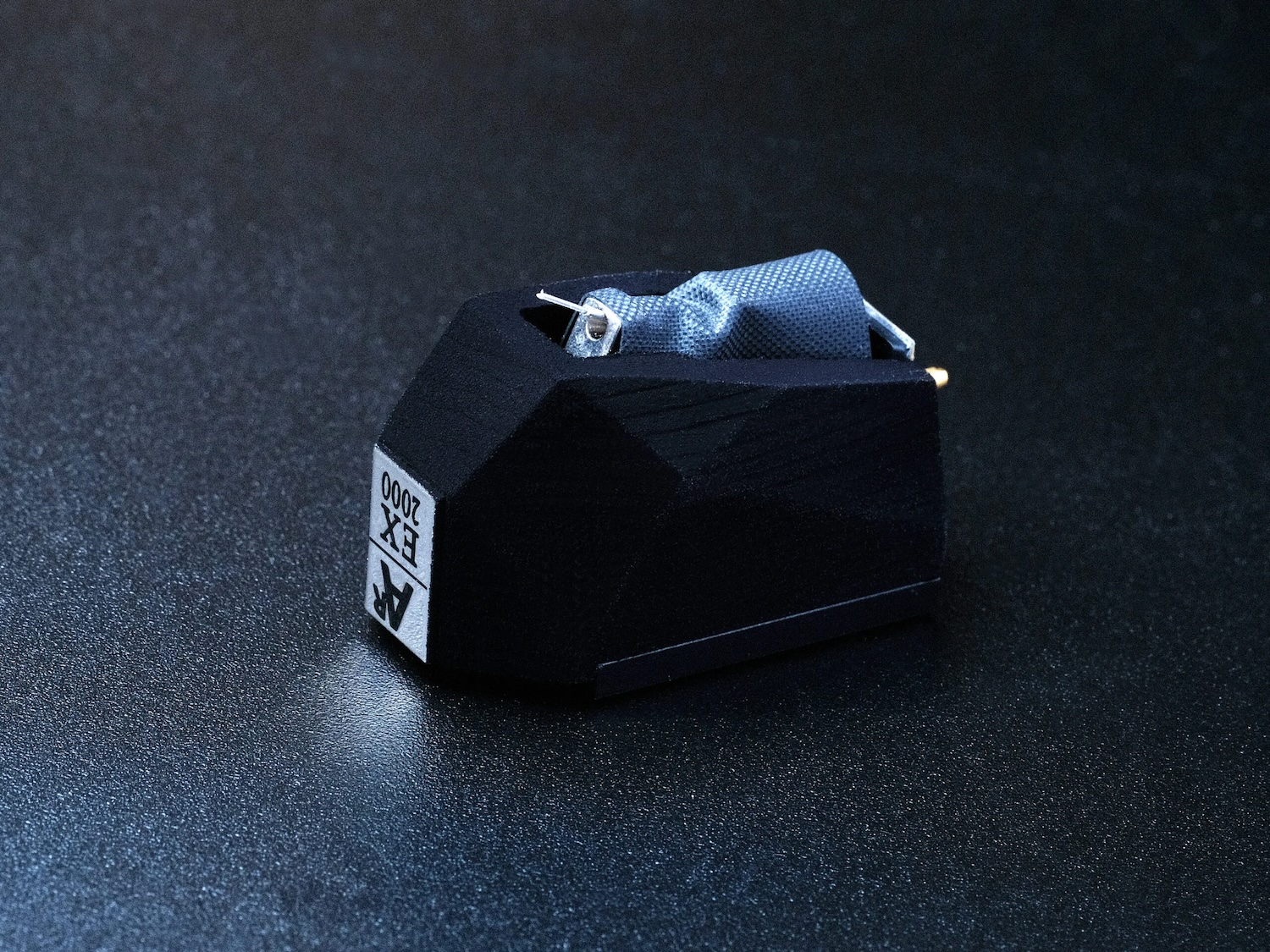
I installed the EX2000 in the SAT CF1-12 tonearm mounted on the rear position of the Wilson-Benesch Prime Meridian turntable plugged into the CH Precision P10 transimpedance input but also tried voltage gain input. The EX2000's healthy .4mV output and 8Ω internal impedance make it a versatile player. I used the WallyScope (with the cartridge not mounted because of rear arm inaccessibility) to assess VTA/SRA and found that with the arm parallel to the record it was close to 93 degrees, which in my world is close enough. Good build quality in that dimension, I have no way of ascertaining stylus perpendicularity.
Once I had a few dozen hours on it (the sound was texturally "melt in your ears" from first note) I checked traceability using the Ortofon test record. Like the EX1000, the EX2000 perfectly tracked the Ortofon Test Record's lateral 80µm peak track and produced a barely audible "buzz" on the 90µm track, which reveals the cartridge as a superb tracker at the suggested 2.1 gram VTF.
Sound Worth $20K?
That's a click bait subhead. Some will say no cartridge is worth $20K while others who don't have budgetary issues might be interested. In this case, with the EX1000 close behind in price, though I didn't have one here, my sonic memory of it is strong (plus I have the written review as a reminder). The EX1000 was advertised as having an "organic and sensual sound" and was particularly adept at reproducing vocals, and so it did and so the EX2000 also does, while revealing added depth, dimensionality and detail to familiar recordings by being "faster", presenting more precise, glistening transient response and loading the room with air (if it's on the recording) that the EX1000 didn't quite produce (compared to the top detail producers)—but these are enhanced detail qualities diamond cantilevers always deliver whether with bonded styli attached or especially when part of a single piece cantilever/stylus where things get explosive.
The trick for Analog Relax was to design a cartridge that delivers the stiff diamond cantilever's speed, resolution and transient precision, while not losing the EX1000's rich, one could say sensuous and "creamy/rich" but not noticeably warm midrange that produced, for instance, sensational male vocals without sounding "chesty" or "hooded".
The worst outcome would be a "Jekyll and Hyde" cartridge of two sonic minds—kind of like when speaker designers mate a fast ribbon tweeter with a sluggish big cone woofer. AR obliquely notes this issue in on its website's EX2000 description: "Cartridges with a diamond cantilever typically ‘pick up lots of information but with a tense and edgy sound’ which prevents the listener to enjoy the record. The EX2000 was completed by utilizing advanced assembly techniques to achieve a sound that has depth, range, and substance, while remaining the full amount of the groove information."
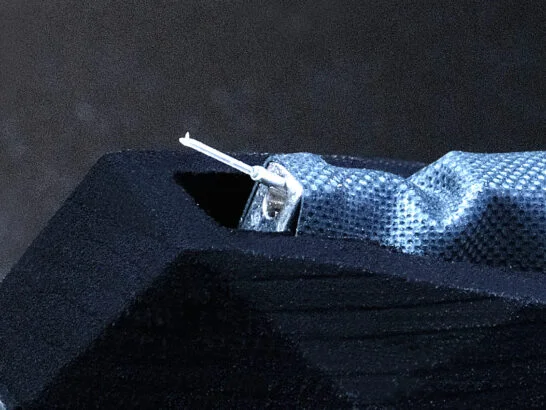
Whether or not you consider other diamond cantilever equipped cartridges "tense and edgy" the EX2000 definitely does not sound 'tense and edgy' nor does the diamond cantilever produce a sonic discontinuity between the line's notoriously 'relaxed' sound and the speed, resolution and detail diamond cantilevers always deliver.
In the EX1000 review I remarked, "I had a Mel meltdown the other night, chain-playing Mel Tormé and Friends(Finesse Records W2X 37484), Mel Tormé Swings Shubert Alley (Verve MG VS-6146), and Mel Tormé Sings Sunday in New York (Atlantic SD 8091), which was recorded by engineering legend Bill Putnam. The EX1000 doesn't turn every vocalist into the Velvet Fog, nor does it noticeably add chesty colorations or texturally thicken female vocals...", which is something more "lumpy" sounding cartridges deliver and some listeners like. Those tend to work better with limited bass speakers, but once I hear that coloration, I can't not hear it.
About the EX1000 I wrote, "Whatever it is about this cartridge that is responsible for making the timbral and textural presentation so correct, it's so skillfully drawn that it doesn't call attention to itself as a coloration. It's more of a subtle, top-to-bottom "reality enhancement".
Analog Relax touts the EX1000's abilities on male vocals and once you hear how it handles Mel, Johnny Hartman, or as I remarked in the review, how "Lou-ish" Lou Reed sounds on Transformer you'll fully get what it does. The 2000 doesn't give away any of that to get what it adds in the way of transient speed and detail.
If you read through the Analog Relax literature you'll find the emphasis on flow and smoothness, "groove quiet", and noise rejection. The brand name couldn't be more evocative of the sound throughout the line (I've auditioned 3 of the 4).
The EX2000 has the same relaxed flow as the others and sounds overall very similar to the EX1000 but if you've ever heard a Transfiguration (RIP) Proteus versus the Proteus Diamond, you can appreciate the differences...faster, cleaner, more shimmer and sizzle to cymbal hits, and snare cracks, added metallic vibrancy to brass, sheen to strings, air in live venues, etc. more vivid image three-dimensionality. Of course I couldn't do a direct comparison and the turntable has changed from OMA to Wilson-Benesch but once you hear an Analog Relax's signature but oh, so subtle sound you can recognize it, but it's so deftly applied, you do not hear "it"—only its absence.
One of the records I was handed at the Warsaw Audio Video Show last fall was Art (Farmer) In Warsaw (AC Records O33/2024) a 1997 Radio Warsaw recording originally on CD and here in its entirely on double 45rpm with sponsorship that includes J. Sikora, the Polish turntable manufacturer. Farmer plays his very distinctive sounding Flumpet—a hybrid trumpet/flugelhorn that sounds oh so right through the EX2000—"flugel-ly" rich and full, yet brassy and trumpet like. I've played the record on multiple cartridges and though I've not heard the instrument live, it just sounds "right" through this cartridge, which was clearly designed by an artisan with cartridge construction chops—or a construction staff that has them. I'm sure the flumpet would have sounded as correct through the EX1000 because its timbral balance is right in both cartridge's midband "pocket", but I doubt the drums—snare and cymbals— would have had quite the same transient "pop" I heard through the 2000.
In the EX1000 review I wrote "Somehow, this cartridge does as well with Led Zeppelin as it does with Bruckner, so before packing up the EX2000 for regrettable return (can't afford it, have sufficient number of great cartridges) I played that Bruckner 7th D2D with Haitink conducting the BPO and no doubt playback on the Wilson-Benesch contributed to the full throated sound of the Wagner tubas at the end of the first movement and the weight and clarity of the massed strings throughout and the dramatic cymbal crashes, plus the clear presentation of the dry relatively non-reverberant space. I kept thinking i wish Ward and Johnson could hear this cartridge here!
Neutral Versus Special
The Wilson Beseech Tessellate Ti cartridge on the W-B Graviton arm is in the primary position on the 'table and it was easy to do an A/B with the EX2000. The W-B cartridge is like a pair of studio monitors. It gives you as neutral and honest a rendering of what's on a record as I've ever heard. If there's little bass on a record, that's how you'll hear it. Most rock records really don't have deep bass so hearing familiar ones can sometimes be surprising and disappointing. If the bass--deep bass--is on the record, it thunders through in full weight and glory. If a vocal recording is thin, it will sound so through the Tessellate. It is not a "cartridge for all seasons" for sure, but as an analytical tool it can't be beat and on the most skillful and best recordings it's amazing. The first time i played Eno's Another Green World" I heard deeply into the soundstage and was able to pick apart elements I'd never before heard and others not expressed with the same level of clarity and textural definition.
The EX2000 is more of a cartridge for all seasons and all records. Whatever additive character it has is so subtly spun, you do not hear it but you hear its absence but it doesn't mask greatness either. It makes listening to lesser recordings fully pleasurable and great ones equally so. I haven't fully figured out how it manages that but it does. I could go on about soundstaging and imaging but both are exemplary and by the description you can imagine how full and solid images appear on the stage.
Conclusion
Relaxing but never boring, expensive but if you can drop $20K you won't regret it, the Analog Relax EX2000 is among the most "musical" yet detailed and revealing cartridges I've heard. It's 100% dependable and guaranteed to squeeze the goodness out of every record you play using it. Great recordings sound so, lesser ones somehow get a pass into "better than you've ever heard them". As with the EX1000, if vocalists are your special thing, don't hesitate! ZOOT Communication has managed to up the EX1000s performance without diminishing in any ways its most attractive sonic qualities. If you can afford $17,500 you can afford $20,000.
In many ways what AR has done with the EX1000 to created the EX2000 is similar to what Gryphon's Black Diamond DLC did with the Ortofon MC Diamond, though taking it in the opposite direction. These are two outstanding cartridges at the $20K price point worth considering and amazingly there are others. I'll make you feel better with this: wait until you read the review of the $1199 Ortofon MC X40 coming right up.
Specifications
Product name & number:Analog Relax EX2000 AR-MCC-EX2000
Transducer:MC Stereo Phono Cartridge
Output voltage:0.4mv (1kHz)
Tracking force: 2.1g
Impedance:8Ω
Stylus:SC Stylus Ver.3 Special custom order made solid diamond
Cantilever:Special nude diamond
Coil material:High Purity 6N copper
Body:Finest ‘spruce’ from the South Tyrol region of Northern Italy
Ultra-fine ‘powder coating’
Magnet:Multiple neodymium magnet
Weight:about 9.0g
Manufacturer Information
ZOOT Communications LLC
1-1-2-717 Funabori Edogawa-ku Tokyo 134-0091 JAPAN
Distributed in North America by American Sound
American Sound / Angie's Audio Corner,
12261 Yonge St. Richmond Hill, Ontario
L4E 3M7
905-773-7810


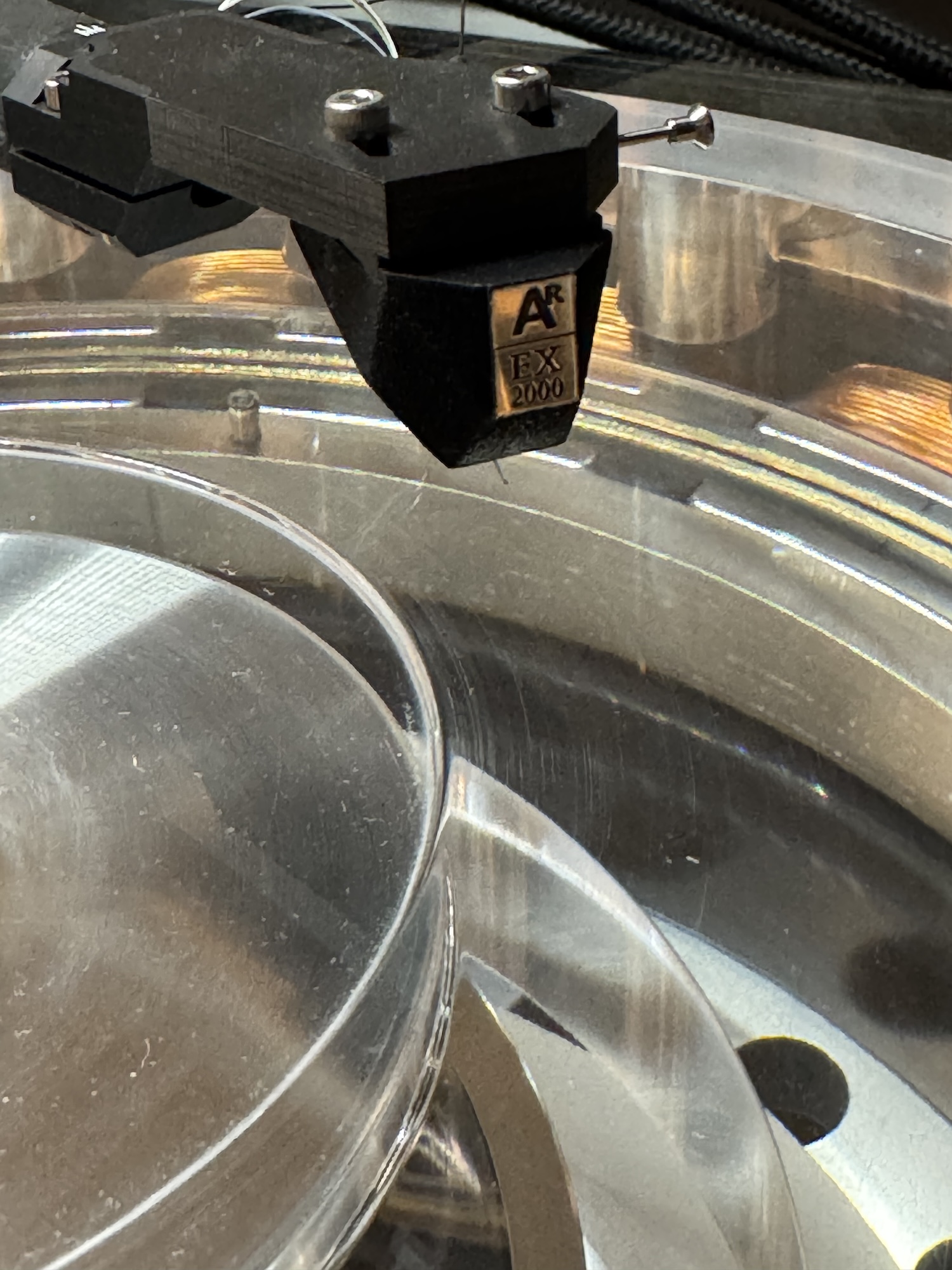

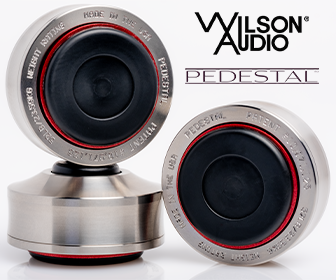
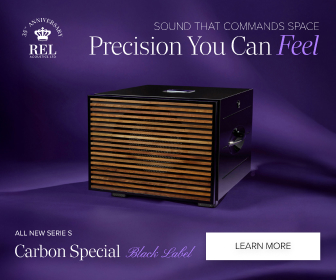

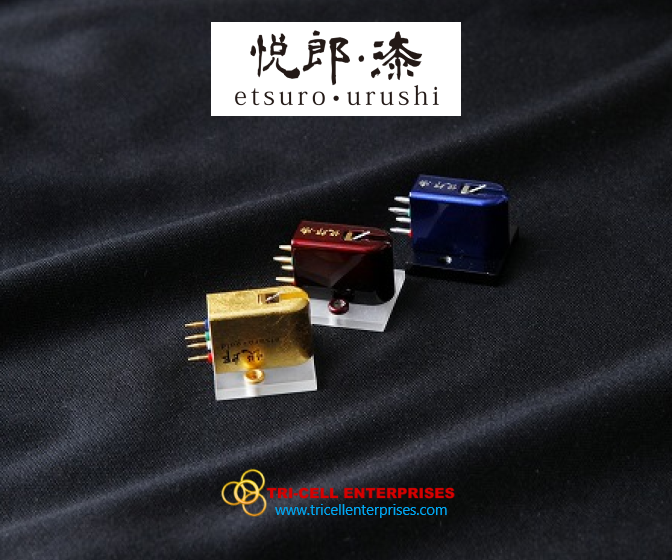
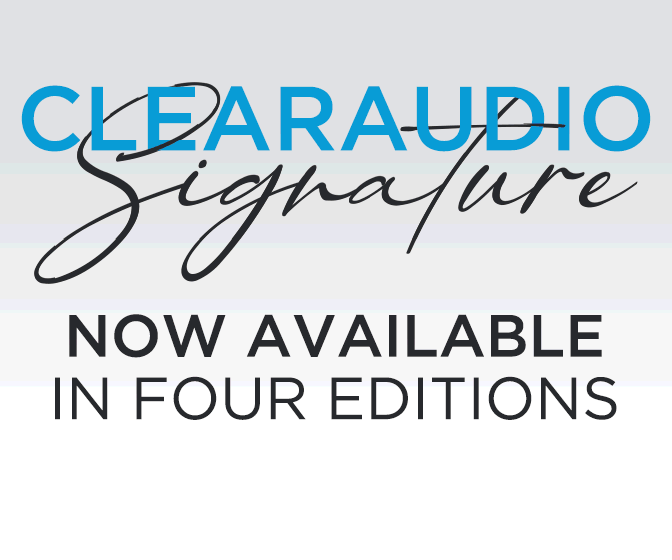
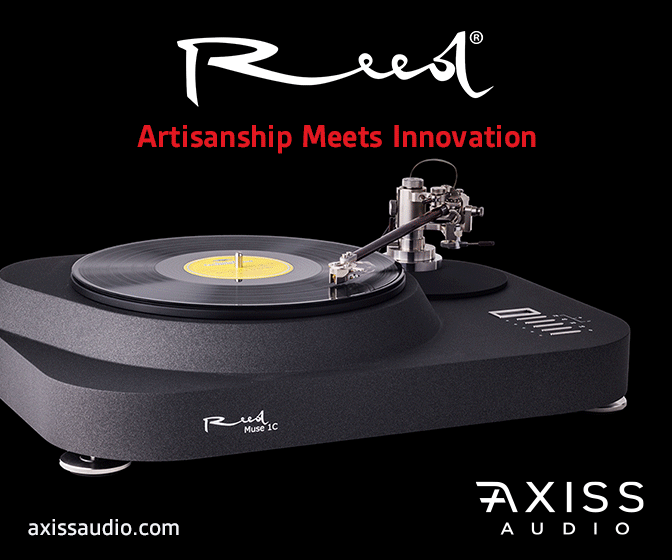
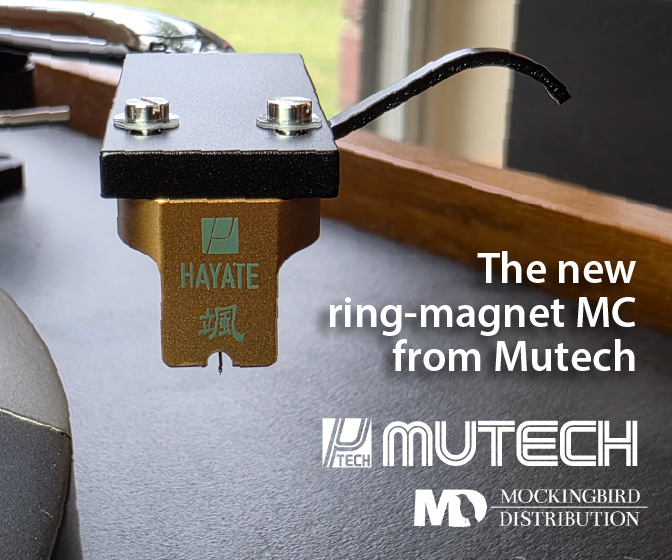
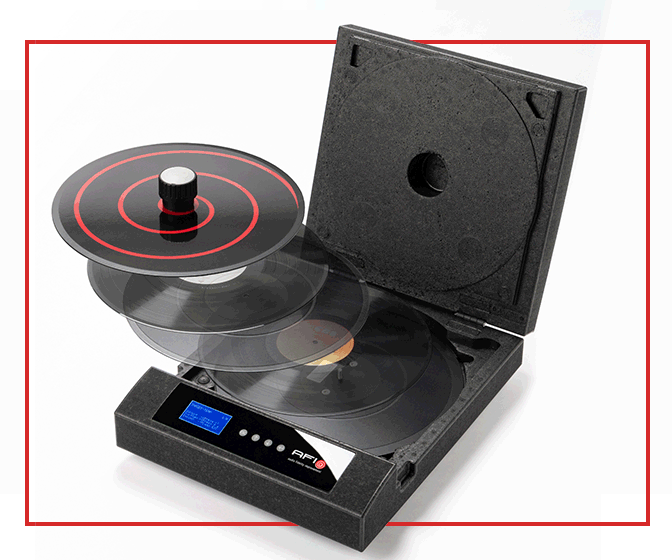
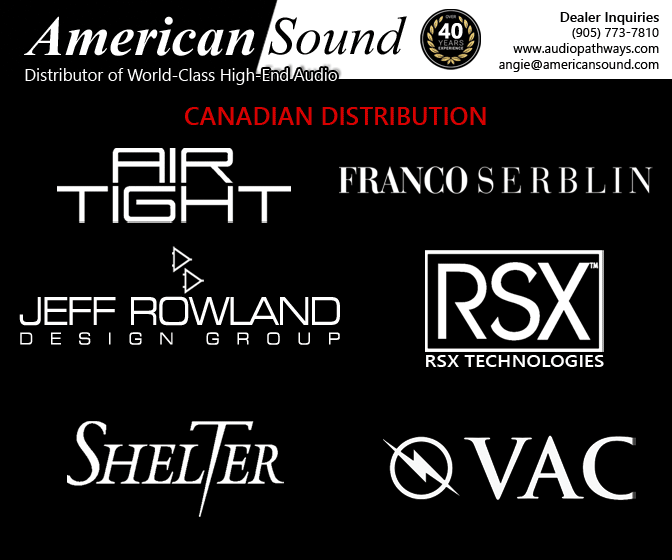
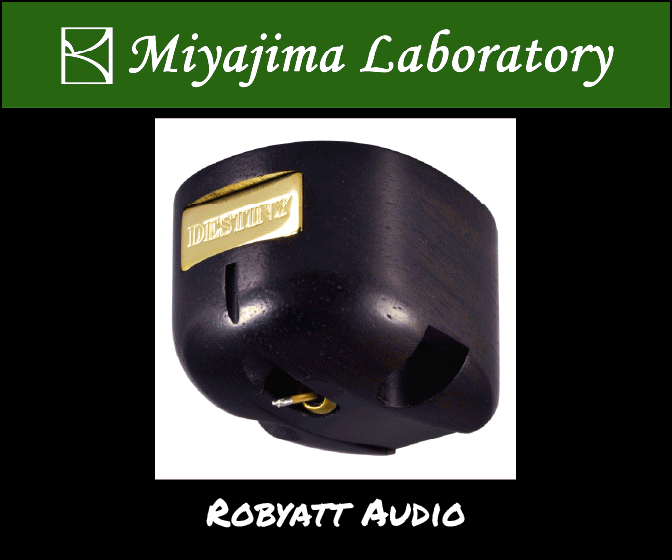
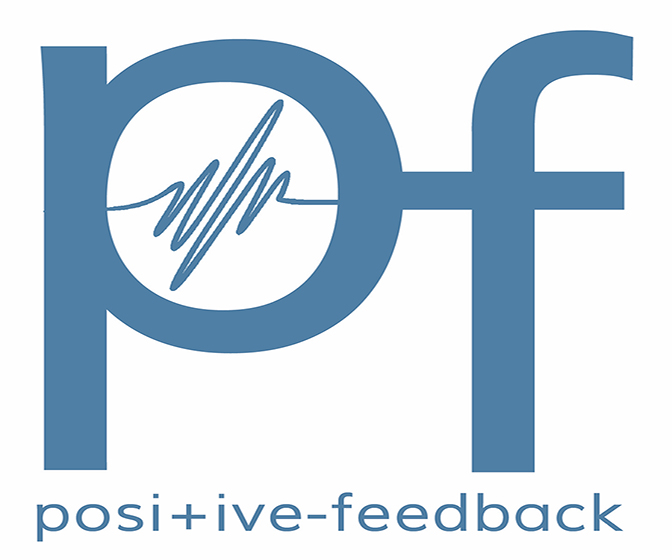
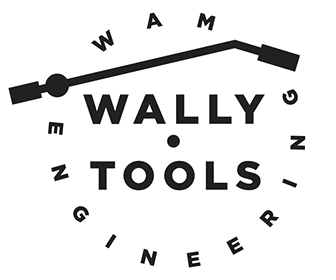
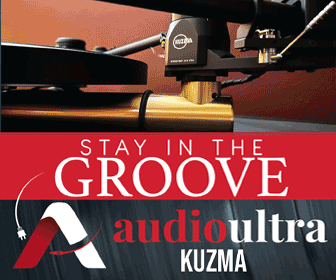
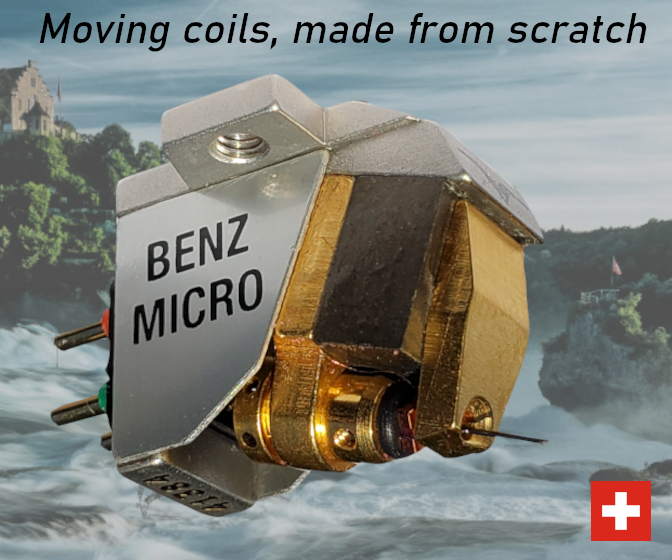

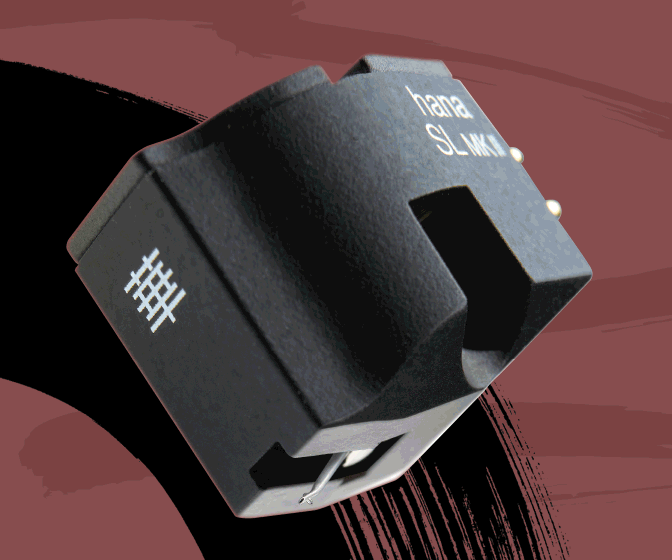
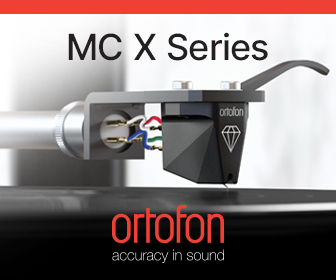
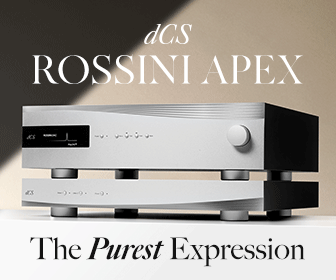
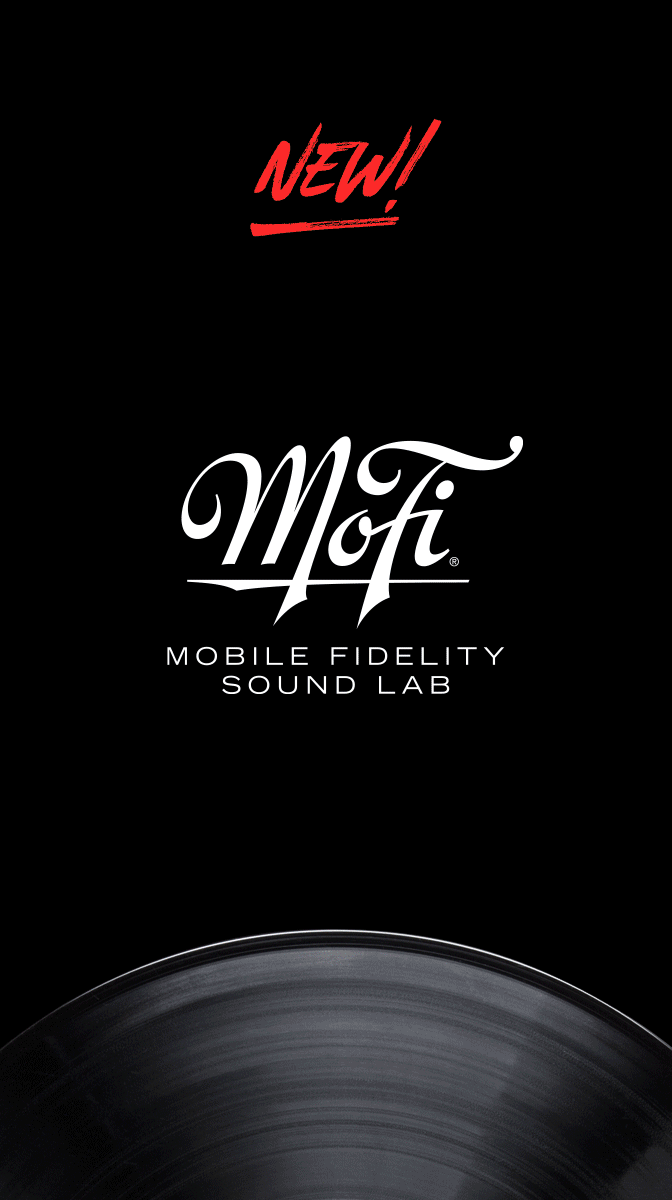
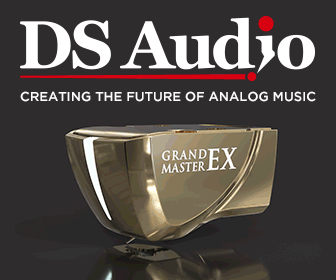
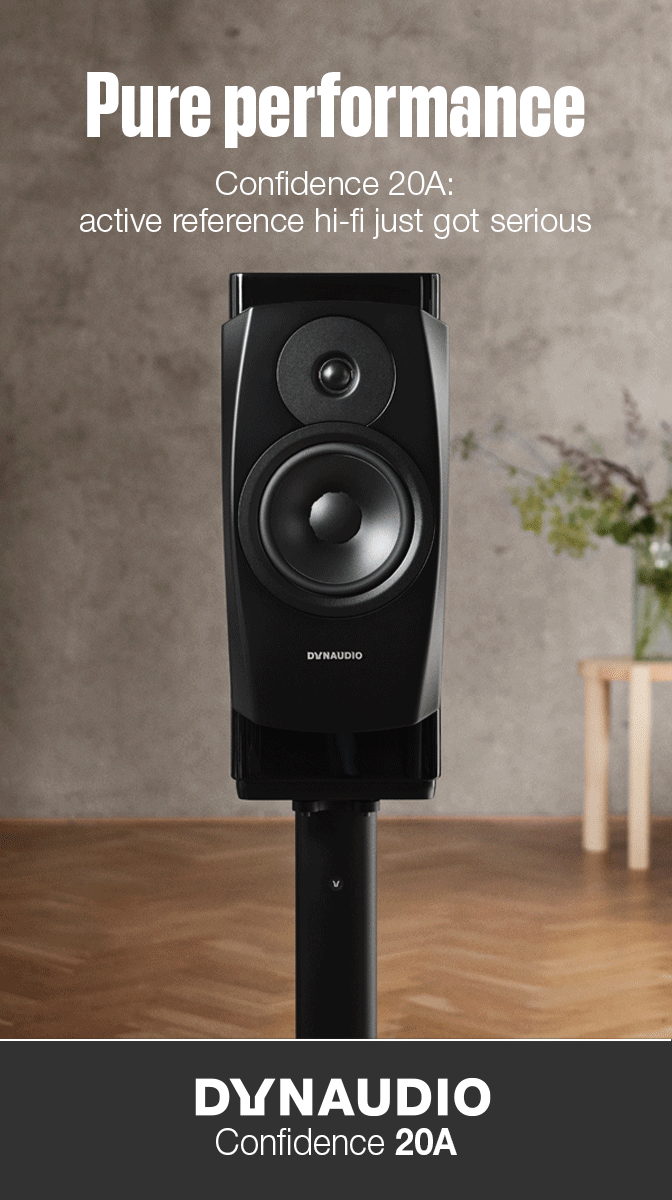
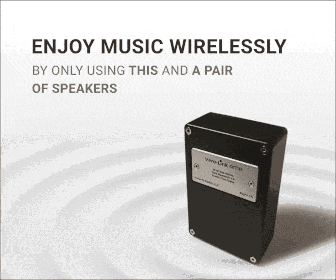
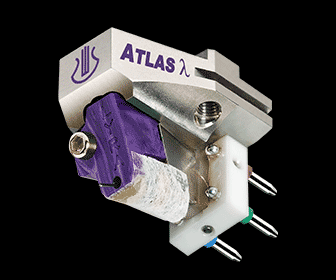

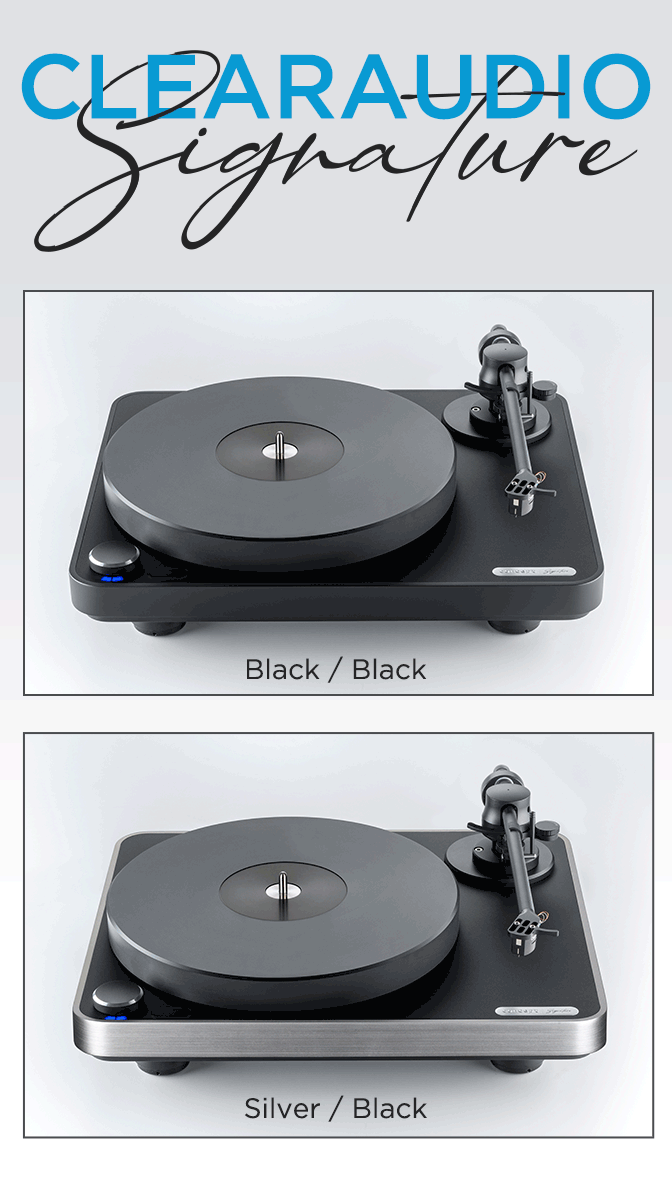
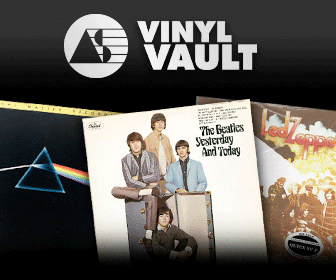
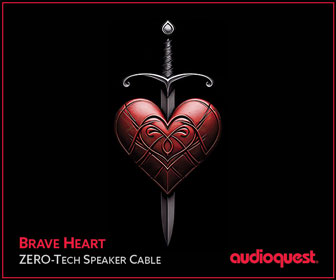
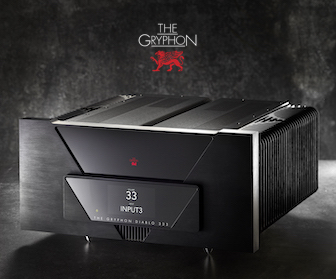
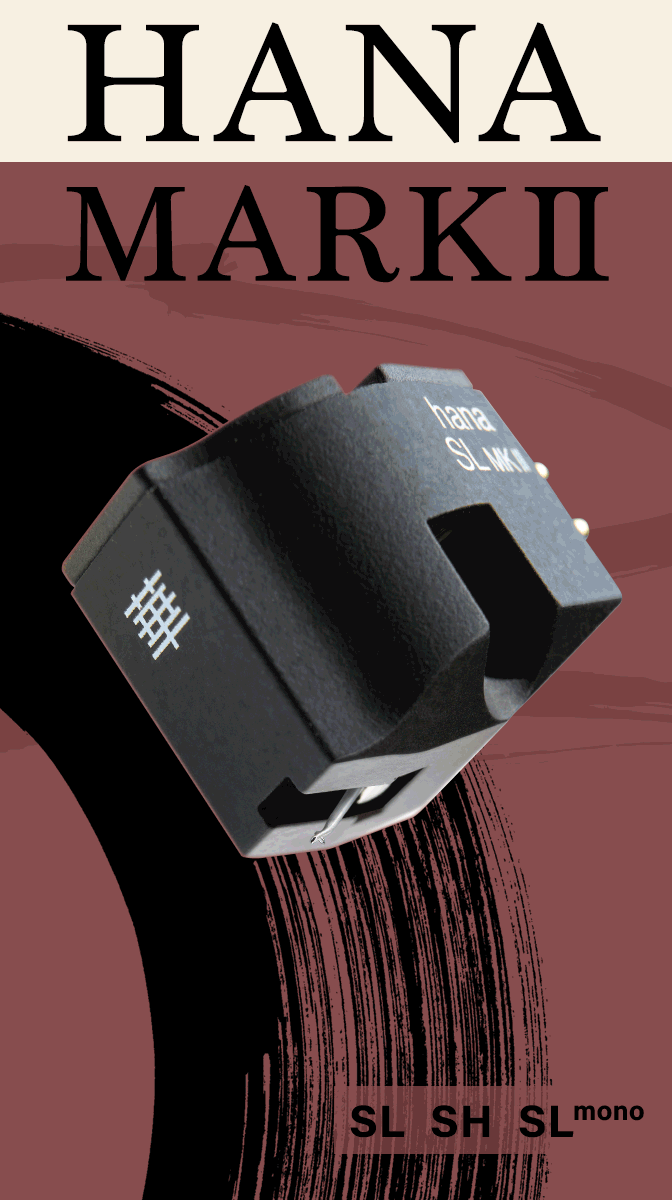


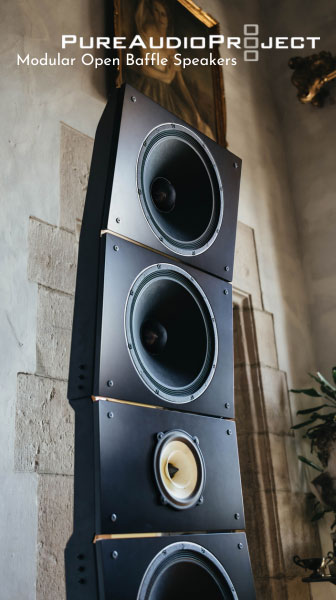
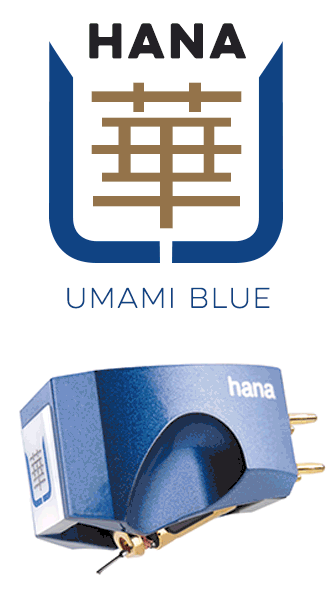





.png)








